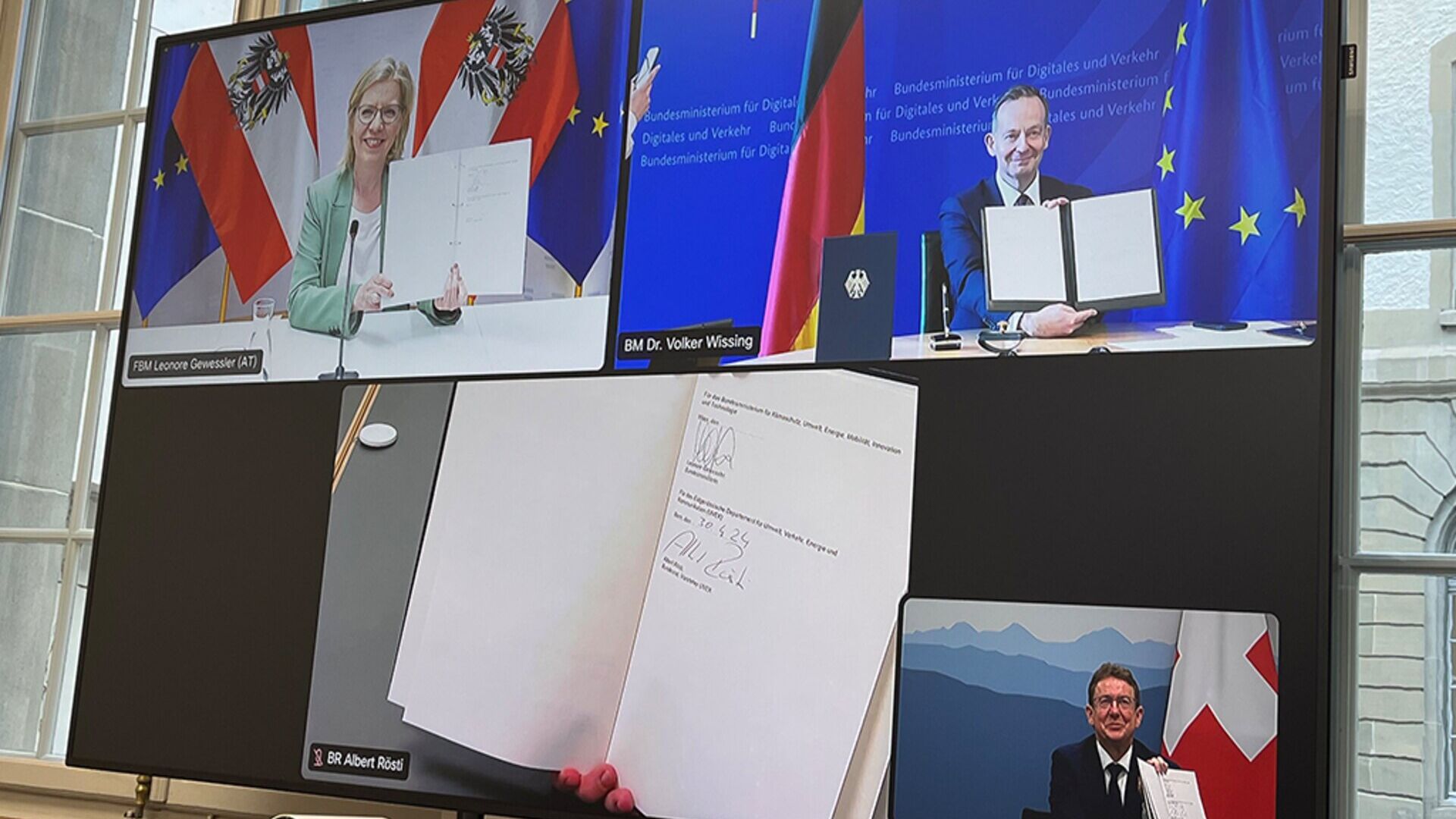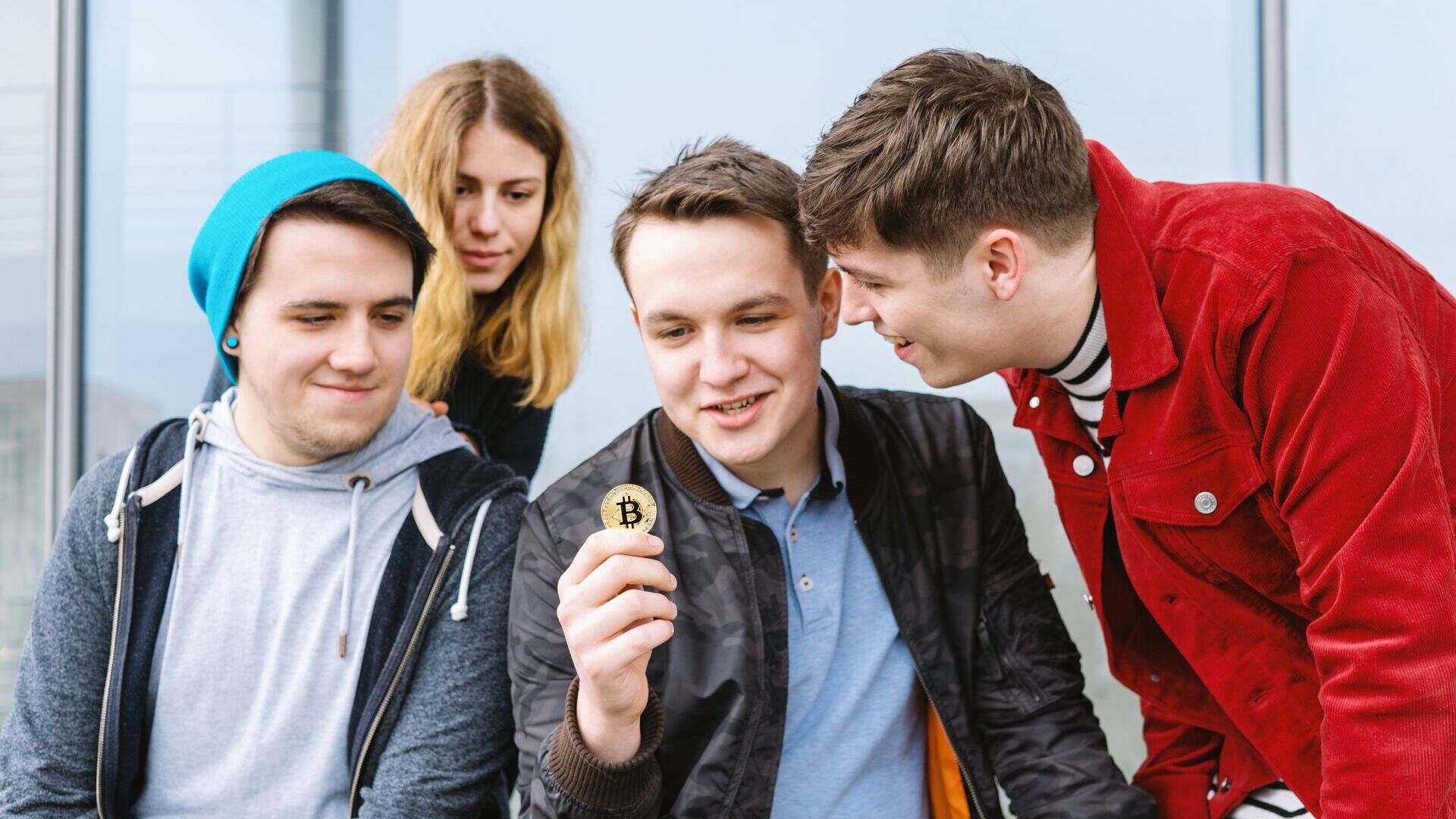If you are about to start a blog and you have the strange belief that everything published on the Internet belongs to the sovereign people, remove it immediately. You could take a big risk. And no, you can't use for commercial purposes or repost photos on your blog, although apparently you can download them freely to your computer. The fact that you can have them for private use does not mean that you can use them freely on your blog or personal website. So, when you find yourself in front of an image, pay attention.
In this guide, we explain what it means to have the intellectual property of an image, thus being able to publish it without incurring the violation of a copyright which may not be well specified – but it exists. Oh, it does exist! Here's how to tell if an image is usable or not.
Copyright: what is it?
The term copyright refers to the copyright law that protects intellectual works, be they literary, musical, cinematographic and beyond. It also applies to drawings and Photos. Intellectual property protects the inventive idea, while copyright protects its tangible form. Copyright does not only apply to Italy but to many countries around the world, so it is important to be careful when choosing to reuse an image on the web, even if obviously foreign. The owner of the moral rights of the original work is ALWAYS its creator, while other intermediaries take over for the patrimonial rights. For example, the creator may assign or sell the rights to economic use.
Il copyright does not require deposit, as happens instead with trademarks and patents, but yes acquires at the time of creation of the work. For photos, the same rules apply, although in some cases, in order to be able to exercise certain rights, it is necessary to make a deposit with SIAE.
Whoever takes the photo, therefore, holds the moral right of property, which cannot be transferred, and may decide to keep i rights of exploitation and diffusion of the work. To obtain the copyright of an image or a photo, just provide it with name, surname and year of production.
It goes without saying that if a photo found on the internet presents name, surname and year it cannot be freely used on your institutional blog. To be able to do this, you will need to make a request and possibly pay a usage fee.
How do I know if a photo is copyrighted?
To avoid incurring fines or legal problems, it is important to understand without a shadow of a doubt whether the photo you want to put on your site or blog is free of copyright. In practice, the question is not "if the photo has a copyright", but rather if the holder of moral rights has decided to spread it freely on the web, without profit and renouncing the rights of exploitation and diffusion.
All rights free: in short, a photo that has no "rights reserved" to only a small part of the clientele.
To understand if a photo is free of rights, you can go back to the sites where it has already been published and, possibly, trace the author to ask permission to use it. Go on Google image search page, click on the camera icon and insert the photo you are looking for. You will find the same or similar photos already published on the web, and the relative sites: in this way you will be able to understand if the photo actually belongs to someone.
Photo “without creative ambitions”
Theoretically, a photo is considered protected by copyright only when it has a certain artistic quality. In fact, however, understanding when an image actually has creative nuance is not so simple. Consequently, we advise you not to rely too much on this technique, especially if you want to be 100% sure of what you are doing.
Paid sites with “free” sections
Some paid sites feature sections that they offer free and copyright free images. This is the case of sites like Pixabay, Unsplash, Librestock, Openphoto and many others. Here you will find pretty nice images that are free, beyond a reasonable doubt, from copyright. You've got yourself a big problem!
Legal action against those who use protected images
If, even after all the precautions you have taken, you realize, in spite of yourself, that the photo has been used without prior consent, remove it immediately. However, in the event that the interested persons become aware of his convict presence, you may receive a threatening email or phone call in which it is explained to you that you have used a protected image, and that you will be forced to pay a fine or, at worst, end up in front of a judge. The latter can deliberate a conviction that orders the cessation of the harmful act and request the action of an emergency precautionary measure, or a strategy that will prevent you from repeating the fraudulent operation of copying with impunity. You will also find yourself having to pay damages to the operator who owns the commercial rights to the photograph. Nice, huh?
What if I put credits on it?
I like the photo too much but I don't want to pay. I will put the author's name and surname, a link to his site and I will say that all rights belong to him. Works? Sometimes yes. Sometimes, however, the image has a specific commercial purpose (eg: a picture of a soccer player) and you can't get away with it cheaply. You'll have to buy it, or fall back on something else.
What if you take photos from Instagram?
About publish a photo on social networks and share it with your contacts has not necessarily recognized a generalized license of use and exploitation of the contents covered by intellectual property rights in favor of any third party who accesses the Facebook page. In other words, as long as the photo is on social media, it can be taken and re-shared by other people, who will be able to use it freely on their websites with the right attributions. In the event that the photo published on social media contains name, surname and year of shooting – instead the copyright right applies and we advise against re-sharing it.
You may also be interested in:
In Alto Adige today EDIH NOI is the new point of reference for AI
4,6 million euros from the PNRR fund will be allocated to Bolzano for services to local companies in the digitalisation of intelligence…
by Editorial staff Innovando.NewsEditorial staff of Innovando.News
Austria, Germany and Switzerland for "more innovative" cargo railways
DACH Ministers Leonore Gewessler, Volker Wissing and Albert Rösti: the introduction of Digital Automatic Pairing is a key element
by Editorial staff Innovando.NewsEditorial staff of Innovando.News
Persuasion or manipulation? Genesis and historical impact of PR
This is how Public Relations, from the sophistic dialogue of ancient Greece to the current digital era, continues to offer continuous innovation
Young people and cryptocurrencies: how to find out more about Bitcoin…
Introducing kids to digital currencies and Blockchain can be an exciting endeavor, given their affinity for technology and innovation




